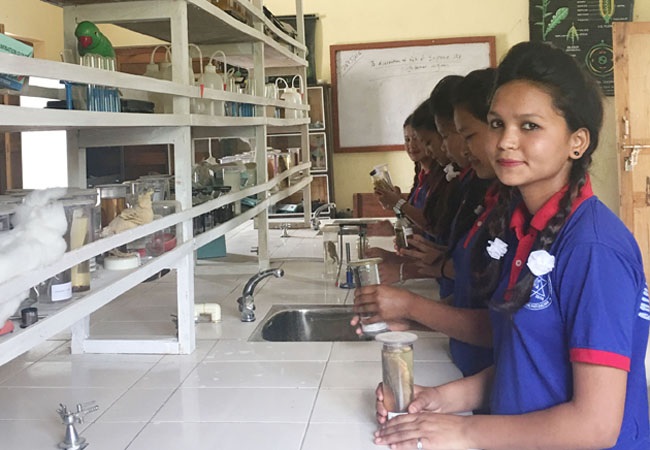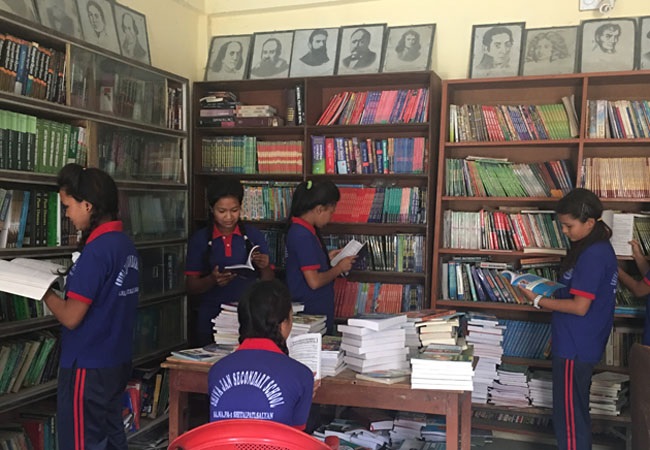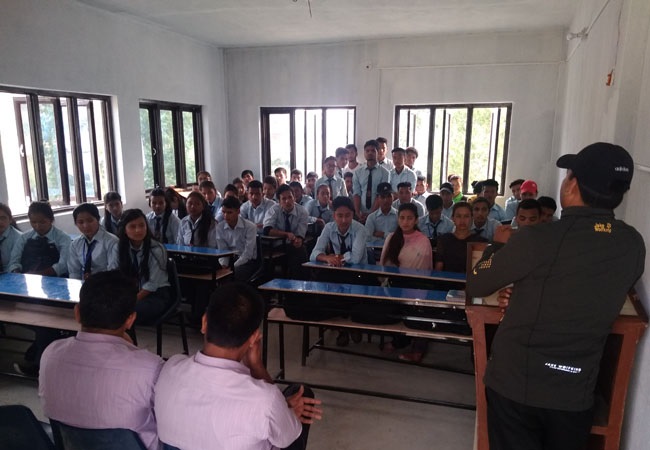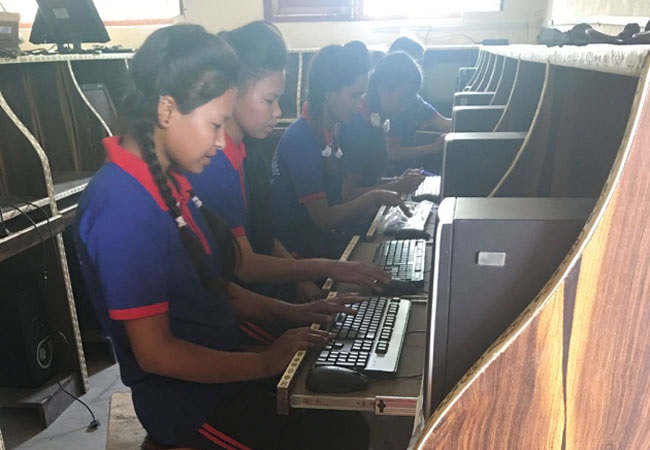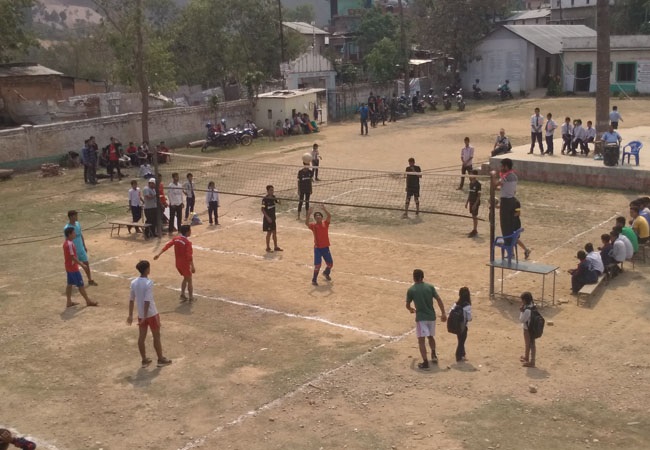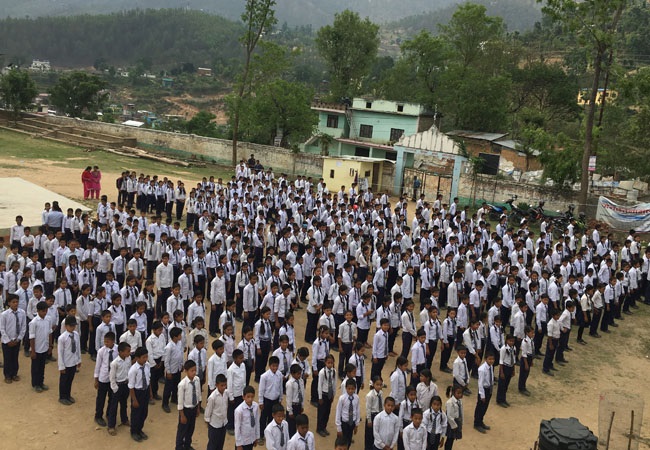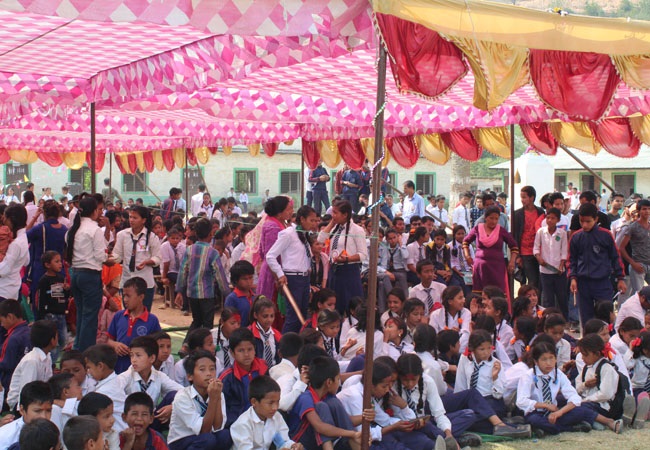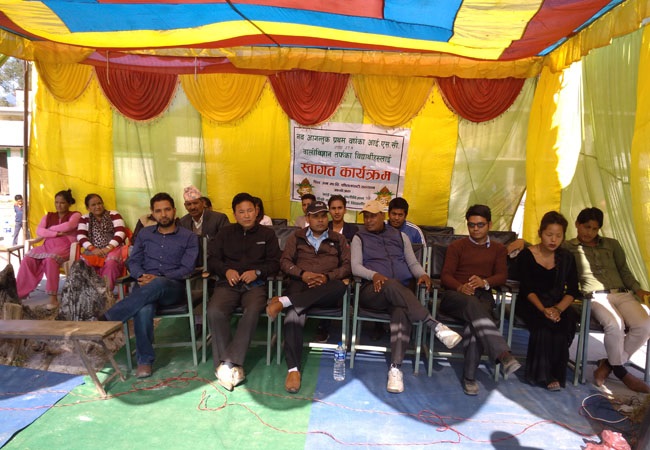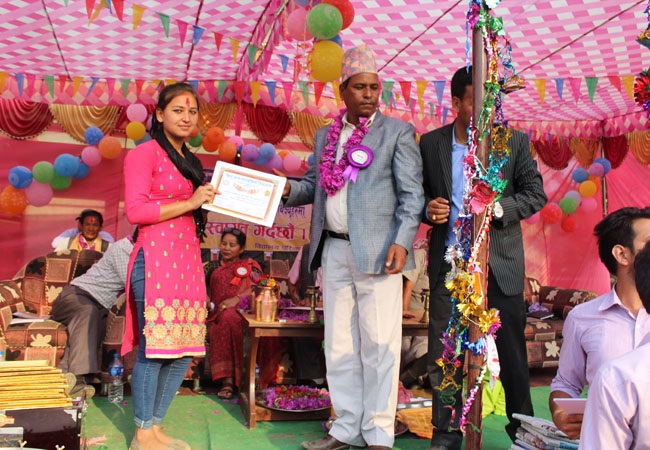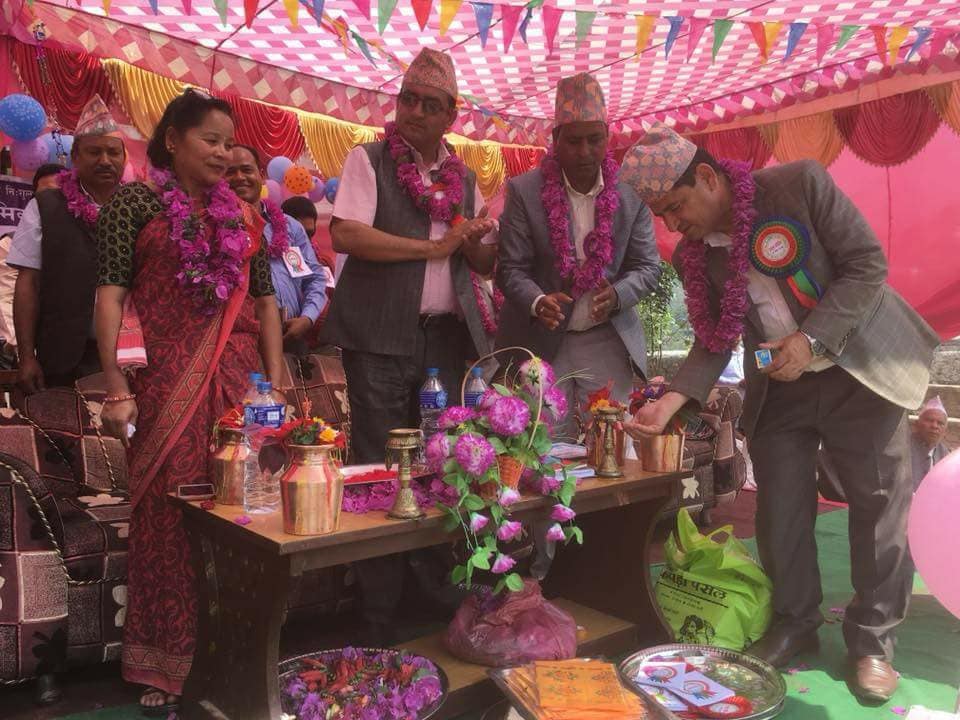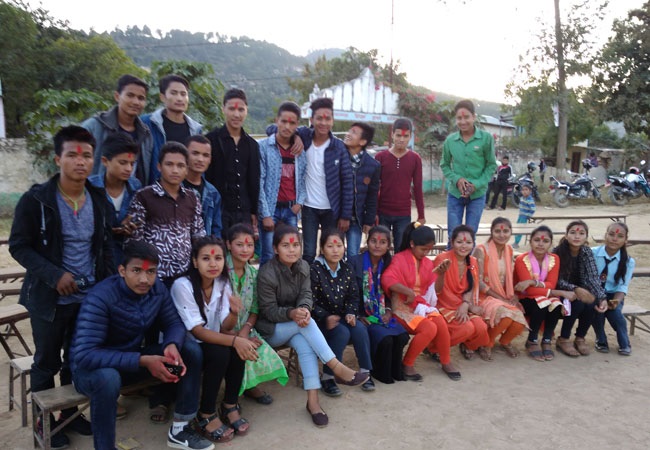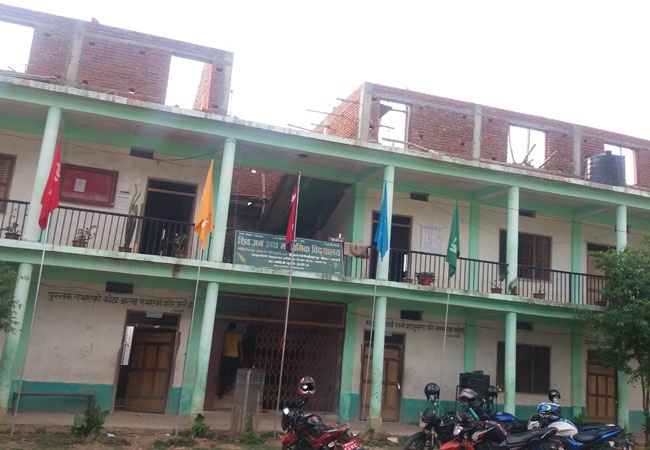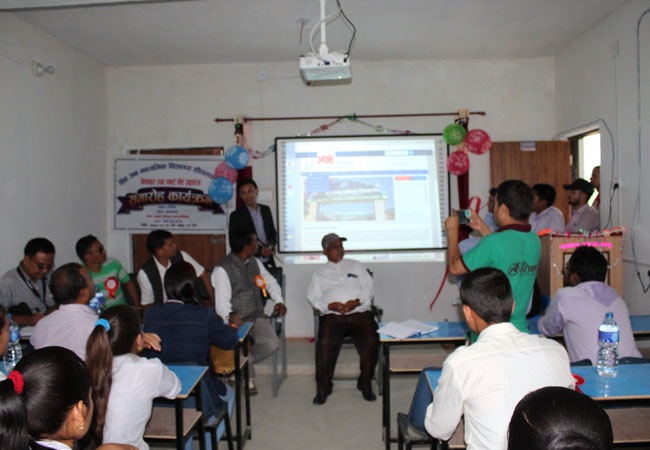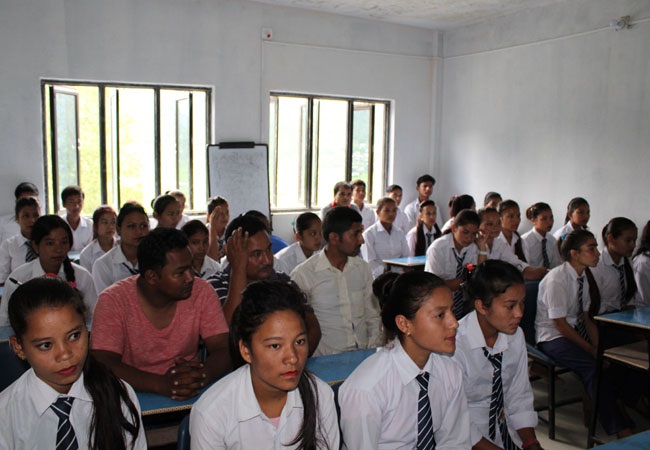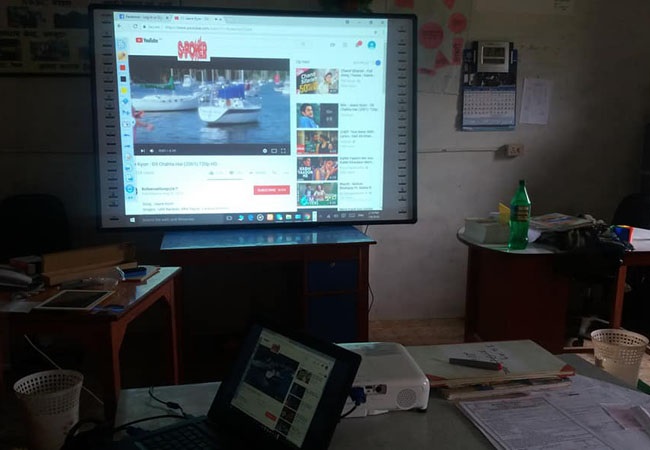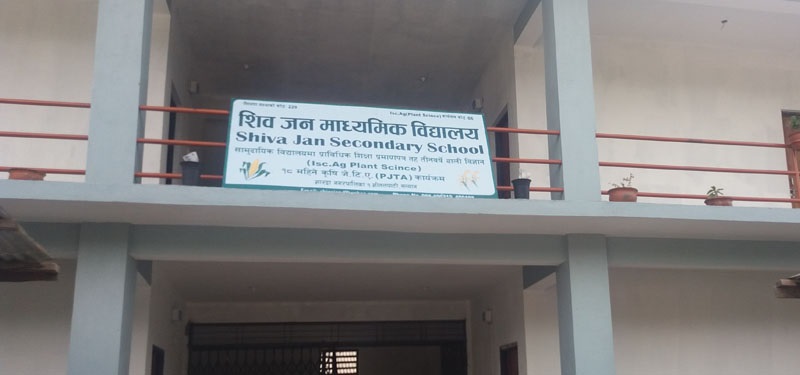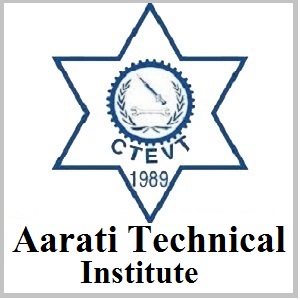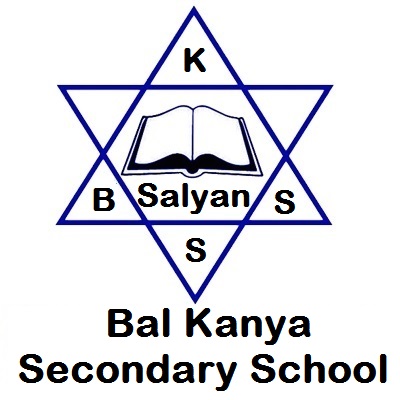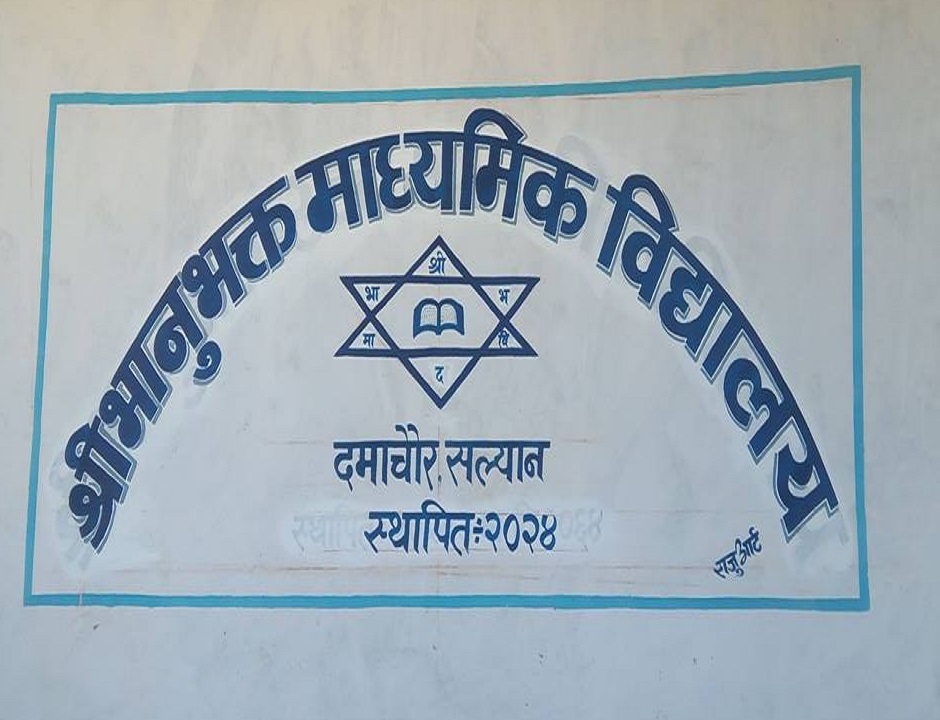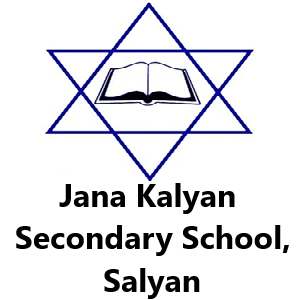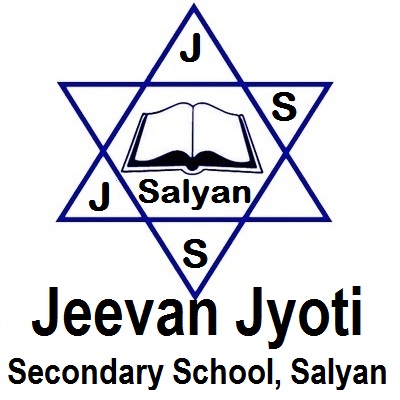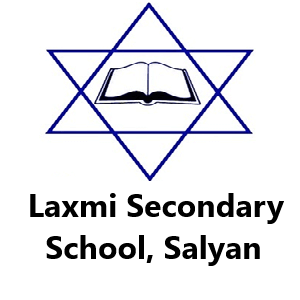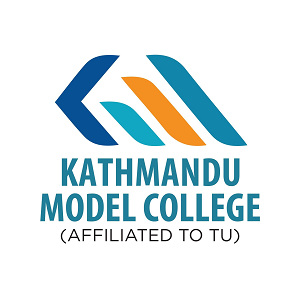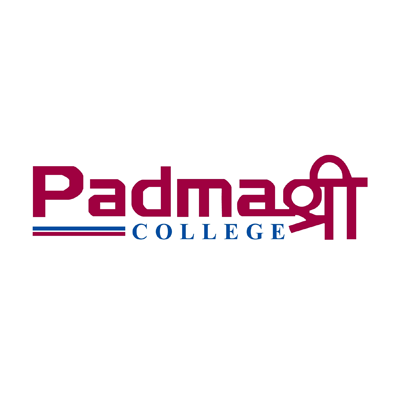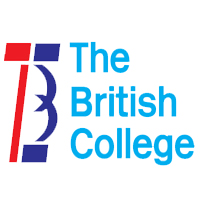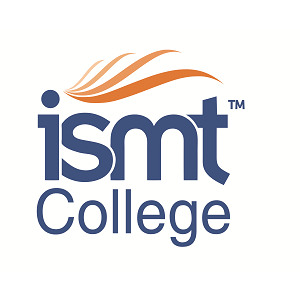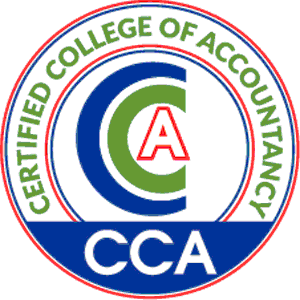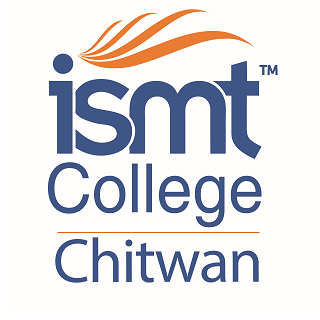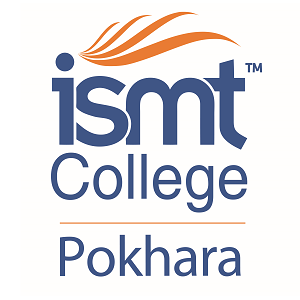Overview
Shiva Jan Secondary School, Salyan, is situated in Sharada Municipality-1, Shitalpati, Salyan, Karnali Province, Nepal. It was established in 1959 AD (2016 BS) as a public academic institute and recognized by the Ministry of Education (MoE), Nepal.
This secondary school is affiliated with the National Examinations Board (NEB) and the Council for Technical Education and Vocational Training (CTEVT). This secondary school offers NEB-affiliated Ten Plus Two (10+2) programs under the Management, Humanities, Law, Education Science, and Education streams.
Shiva Jan Secondary School, Salyan, also offers CTEVT-affiliated JTA in Plant Science, VJTA, and Diploma in Agriculture (Plant Science) for 40 seats each year, respectively. This school provides primary to the Ten Plus Two (10+2) level programs with a moderate fee structure. It also offers various scholarship schemes for deserving and underprivileged students, as decided by the school management committee.
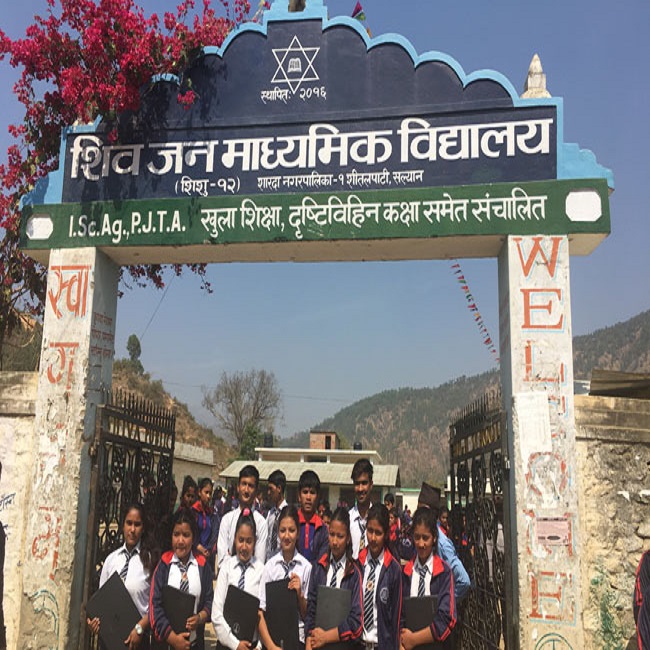
Ancient Education and the Foundation of Institutional Learning
Education in ancient times was a complex and challenging process, requiring considerable effort to attain. However, our current educational status is a direct result of this ancient legacy. From the earliest civilizations, people have continued to acquire knowledge in different forms. As human society and culture became increasingly complex, education became inextricably linked to civilization. This led to the need for transforming personal learning into a formal institutional process, marking the beginning of modern education systems.
Among many institutions that emerged with this vision, one school that has endured challenges and change over time is Shree Shiva Jan Secondary School, Shitalpati, Salyan.
Geographical and Cultural Context
Nepal, a sovereign nation located between two powerful Asian countries—India and China—lies in the Mid-Western Development Region. Salyan, a scenic and remote hilly district within Rapti Zone, is home to this school. It is situated in the beautiful Shitalpati Bazaar, near the banks of the Sharada River and beside the famous Khairawang Temple. The school lies about 200 meters northwest of the historical Shitalpati and Shiva Temple.
Historical Establishment and Community Roots
The school was established in 2016 BS (1959 AD) with a noble goal: no child should be deprived of education. Founded under the royal patronage of King Mahendra Bir Bikram Shah, the school was built on a strong triangular relationship among parents, teachers, and students.
Recognizing that education is the foundation for development and social transformation, this school was initiated by local leaders and intellectuals, including the late Danbahadur Thapa, Binibahadur Budhathoki, Tamra Raj Shrestha, Jayabahadur Thapa, Tilakbahadur Budhathoki, Lokbahadur Thapa, and Narayan Prasad Budhathoki, among others.
Before this, education was imparted informally. Mr. Danbahadur Thapa initially taught children in his own house at Darimchaur, Ward 1 of Khalanga Village Panchayat. Later, with growing support, the teaching shifted to the premises of the Shiva Temple in Ward 2. Finally, on Monday, 11 Jestha 2016 BS, the community officially established the school as “Shiva Jan Primary School.”
Physical Structure and Early Development
Shree Shiva Jan Higher Secondary School is among the oldest schools in the district. It began with a permit to operate on 12 ropanis of government land under the decree of King Mahendra. Initially known as Shiva Jan Primary School, it had a two-room, thatched-roof, two-storey building.
At the time of establishment, Mr. Dhal Bahadur Adhikari served as the headteacher. Alongside another teacher, they taught 50–60 students from Grades 1 to 5. Since the school initially received no government funding, local leaders such as Danbahadur Thapa and others collected one pathi of paddy from each household, sold the grain, and used the proceeds to operate the school. Testimonies from elderly teachers, such as Nityalal Thapa, and founding members, including Narayan Prasad Budhathoki and Lokbahadur Thapa support this. The school received its first government grant in 2018 BS, with the headteacher earning Rs. 150 and teachers earning Rs. 125 monthly.
In 2035 BS, the school gained approval to run the lower secondary level (Ni.Ma.Vi.) with five teachers teaching around 340 students under the chairmanship of Netra Bahadur Khatri.
Expansion into Secondary and Higher Secondary Education
By 2051 BS, the school expanded to include the secondary level under the same chairmanship. Ten teachers, including Badalkumar Shrestha, led this phase. In 2056 BS, it upgraded to a higher secondary school, adding "Higher" to its name. With over 2000 students today, the school has grown steadily, shining like the rising sun in the field of education.
In 2063 BS, it was awarded the regional shield, certificate, and a cash prize of Rs. 75,000 as the best community higher secondary school in the Mid-Western Development Region. The Higher Secondary Education Board later recognized it as one of the top schools in the district, granting permission to expand into bachelor-level programs under the Faculty of Education from 2064 BS.
Inclusive and Technical Education Programs
Starting from its roots in 2016 BS, the school has helped realize the dreams of thousands of parents. It currently has about 2000 students from Grades 1 to 12, with 23 teachers (permanent and temporary), one accountant, two administrative assistants, two support staff, and one security guard.
Key educational milestones include:
-
Established as Shiva Jan Primary School on 11 Jestha 2016 BS
-
Upgraded to lower secondary in 2035 BS
-
Became a secondary school in 2050 BS
-
Upgraded to higher secondary in 2056 BS
-
Introduced 15-month and 29-month JTA Agriculture programs in 2068 BS
-
Launched Diploma in I.Sc.Ag. (Plant Science) in 2072 BS
-
Operates open education and a resource class for visually impaired students
Competing in a Challenging Educational Landscape
The school’s growth is rooted in community sacrifice and dedication. Despite progress, it faces challenges in a competitive educational environment. Many private boarding schools have emerged, compelling parents to pay high fees. Socially, school selection has become a symbol of status, resulting in two-tier education systems that can have a psychological impact on students.
To address these issues, the school introduced compulsory English-medium instruction from Grades 1 to 5, and dual-medium (Nepali and English) instruction from Grades 6 to 10 from 2073 BS. This approach has led many parents to transfer their children from private schools to Shiva Jan School.
Vision for Institutional Development
The key questions—what Shiva Jan Higher Secondary School should become, what kind of academic hub it should be, and what type of human resources it should produce—must be examined thoroughly. Based on such evaluation, a detailed roadmap must be drawn. Following the principle that “planning is half of the execution,” the school is actively involved in continuous, step-by-step strategic development.
Academic Quality and Stakeholder Commitment
To enhance academic standards and attract parental interest, a conducive educational environment will be established. A new provision will require children of teachers, staff, and school management committee members to be enrolled in the same school where they serve.
From Nursery to Grade 10, classes are already being taught in English. The same will be implemented for Grades 11 and 12, with the goal of achieving a 100% pass rate. An entrance examination system will be introduced from the upcoming academic session to maintain quality during admissions.
ICT and Smart School Transformation
A plan will be developed and implemented to provide wider access to computer and information technology education. The school will be transformed into an information technology-friendly smart institution, ensuring digital inclusiveness for all students.
Launch of Science Stream
Although the school has already received affiliation for the Science stream, it has not yet begun teaching. From the upcoming academic session, the school will commence instruction in Science to meet long-standing student demand.
Technical Education Expansion
Understanding the modern need for skilled technical manpower, the school will proceed with the process of launching Animal Science and B.Sc. Agriculture programs under CTEVT. These additions aim to address both academic and vocational educational needs.
Infrastructure Development
Plans are underway to construct a multipurpose program hall, a separate administrative building, a library, and a store room to strengthen institutional infrastructure.
Student Hostel Facility
Many students travel long distances to attend Grades 9 to 12. Due to the lack of hostel facilities in community schools, these students often face difficulties. Therefore, the school plans to enhance its financial capacity and arrange a hostel facility, ensuring access to education for students from remote areas.
Present Context and National Educational Challenges
Nepal has transitioned from a feudal monarchy to a federal democratic republic. Despite political reforms, social, economic, educational, and employment issues remain unresolved. Although the Constitution of Nepal (2072) defines education as a fundamental right, many poor, marginalized, and street children remain excluded due to financial constraints.
The national education policy remains unclear, and confusion persists among local, provincial, and central governments. Timely curriculum and textbook updates are lacking. The current praise-based, bureaucratic education system is unlikely to produce the skilled human resources the nation needs.
Although this school originated during the autocratic Panchayat regime, it now faces the same educational challenges as other community schools in the current political era.



